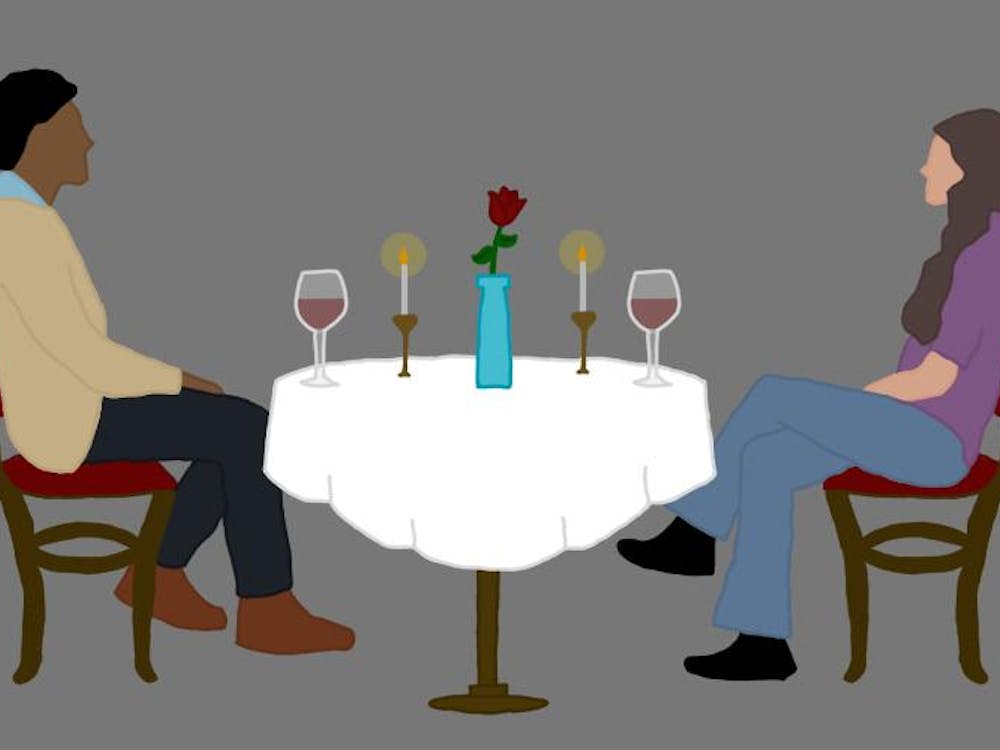There are a number of volunteer opportunities available to University students interested in learning more about medicine, but few of those offer the accompanying global perspective that can be gained by hands-on participation. The Foundation for the International Medical Relief of Children is a worldwide organization committed to “improving pediatric and maternal health in the developing world through the implementation of innovative and self-sustainable health improvement programs,” according to its website. Established four years ago, the University’s branch of FIMRC is just one of 62 American and five international chapters.
Since its inception, FIMRC has been dedicated to supporting public health care in developing countries.
University chapter President Christine Sawda explained that the group operates by raising funds to provide resources for mobile health clinics at nine sites in seven different developing countries. So far, the organization has focused on fundraising through various events including bar nights, dinners on the Corner and spare change jars. FIMRC’s year-long fundraising then culminates with a group trip to see the site.
Members are attracted to the club not only for its invaluable premed experience, but also by the opportunity to help communities so far removed from their own.
“My idea behind joining was because I wanted to make my life at U.Va. not only about my education,” FIMRC Vice President Beth Belt said. “Joining this organization helped me feel like I was part of a bigger picture.”
Sawda said she wanted to join because of her interest in global health and her desire to experience what health care was like outside of developed countries. The trip offered by FIMRC provided the perfect opportunity. Although the contracted independent organization certainly appeals to premed students, particularly those interested in developing countries, the group hopes to attract students from all fields of interest.
Belt explained the difference between FIMRC and other similar CIOs on Grounds that offer international health aid. She chose FIMRC because it focused on a site for an entire year, rather than raising money for just one trip. Both Sawda and Belt liked the fact that the funds raised by their organization go to doctors who use it to meet their needs in the clinics.
Each year, the organization decides to direct its money toward one of FIMRC’s nine sites. Later, the members have the chance to visit that site. Two years ago, FIMRC chose to assist the site in Haiti, because of the devastating earthquake which had left the country in such a desperate state. The following year, the U.Va. chapter of FIMRC decided to route its funds to Peru, and members were able to see the money they raised in action during a Spring Break trip to Trujillo and Agallpampa.
On the trips, FIMRC members shadow doctors, work with nurses and give presentations on basic health care to children and families in the community, third-year Engineering student Rana Shalhoub said.
In addition to assisting with local education, the students are also exposed to the daily life in developing nations. Sawda explained that one of the clinics they visited was constructed with old billboards and had dirt floors.
Sometimes just the trip to get to areas in need of aid can be difficult. While in Peru, members hiked in the Andes Mountains to take a first aid kit to a community that was a two-hour walk from the nearest hospital.
As a result of these experiences, members hope to reach out to others in the University community to spread the cause.
Sawda said she’s especially focusing on more creative fundraising ideas and is looking to expand the club’s membership by reaching out to the biology department, Global Public Health minors, and Global Development Studies majors.
“After the trip I am really passionate about getting other people involved because I think if they can experience that, it is life changing,” Sawda said.






